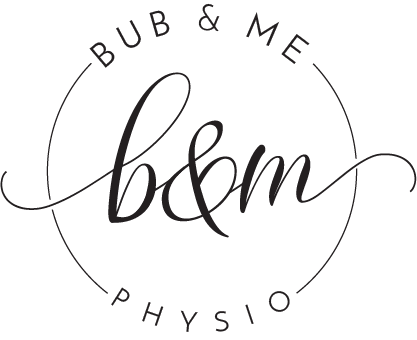Everything you need to know about gestational diabetes and pregnancy
Developing gestational diabetes (GD) during pregnancy is more common than you might think. If you’re pregnant or planning to have a baby (or supporting a woman who is) understanding GD - what it is, the risks involved and how to prevent it - will be a big help!
We asked women’s physiotherapist and co-founder of Bub & Me, Natalie, to tap into her wealth of knowledge and answer all your GD related questions.
What is gestational diabetes?
Gestational diabetes is a form of diabetes associated with pregnancy that has both short and long term consequences for mother and baby. In Australia, between 12% and 14%[1] of pregnant women will develop gestational diabetes around the 24th to 28th week of pregnancy. Although GD usually resolves once the baby is born, it may recur in future pregnancies and increase the risk of both mother and baby developing type 2 diabetes mellitus down the track.
What causes gestational diabetes?
During pregnancy, the placenta produces hormones that help the baby grow and develop. These hormones block the action of the pregnant woman’s insulin. This is also known as insulin resistance. What this means is that the need for insulin is 2 to 3 times higher during pregnancy. If a woman already has insulin resistance, then their body may not be able to cope with this added demand for insulin production, resulting in higher blood glucose levels and gestational diabetes.
Once pregnancy is over, blood glucose levels usually return to normal and GD disappears.
What are the risks of gestational diabetes?
Women with GD:
● are more likely to be diagnosed with pre-eclampsia and hypertension
● experience higher intervention rates for labour and delivery
● are more likely to develop type 2 diabetes mellitus in the future
How to prevent gestational diabetes.
The good news is you can lower the risk of developing GD by engaging in safe, and specific, exercise throughout your pregnancy! If you have already developed GD, exercise is extremely important in managing this condition, along with diet and monitoring of blood glucose levels. Physiotherapists with a focus in women’s health are best placed to provide the right guidance and support for women using exercise to manage GD during their pregnancy.
Whether you already have GD or not, are worried about your risk or are simply not sure what type of exercise you can (and can’t) do during your pregnancy, our program can help you achieve the best outcomes for both you and your baby!
If you have any questions and would like to get in touch with our team of qualified physiotherapists, please send us an email at hello@bubandme.com.au.
Wishing you a safe and happy pregnancy!



